Preface
Contents
Acronyms
Part I Evolutionary Algorithms
1 Introduction to Evolutionary Single-Objective Optimisation
1.1 Introduction
1.2 Single-Objective Optimisation
1.3 Search Landscape
1.4 Penalty Functions for Handling Constraints
1.5 Classification of Optimisation Algorithms
1.6 Exploration and Exploitation
1.7 Classification of Population-Based Optimisation Algorithms
1.8 Conclusion
References
2 Particle Swarm Optimisation
2.1 Introduction
2.2 Inspiration
2.3 Mathematical Model of PSO
2.4 Analysis of PSO
2.5 Standard PSO
2.6 Binary PSO
2.7 Conclusion
References
3 Ant Colony Optimisation
3.1 Introduction
3.2 Inspiration
3.3 Mathematical Model
3.3.1 Construction Phase
3.3.2 Pheromone Phase
3.3.3 Daemon Phase
3.3.4 Max-Min Ant System
3.3.5 Ant Colony System
3.3.6 Continuous Ant Colony
3.4 ACO for Combinatorial Optimisation Problems
3.5 Conclusion
References
4 Genetic Algorithm
4.1 Introduction
4.2 Inspiration
4.3 Initial Population
4.4 Selection
4.5 Crossover (Recombination)
4.6 Mutation
4.7 Experiments When Changing the Mutation Rate
4.8 Experiment When Changing the Crossover Rate
4.9 Conclusion
References
5 Biogeography-Based Optimisation
5.1 Introduction
5.2 Inspiration
5.3 Mathematical Model
5.4 Solving Engineering Design Problems with BBO
5.4.1 Three-Bar Truss Design Problem
5.4.2 I-Beam Design Problem
5.4.3 Welded Beam Design Problem
5.4.4 Cantilever Beam Design Problem
5.4.5 Tension/compression Spring Design
5.4.6 Pressure Vessel Design
5.4.7 Gear Train Design Problem
References
Part II Evolutionary Neural Networks
6 Evolutionary Feedforward Neural Networks
6.1 Introduction
6.2 Feedforward Neural Networks
6.3 Designing Evolutionary FNNs
6.4 Results
6.4.1 XOR Dataset
6.4.2 Balloon Dataset
6.4.3 Iris Dataset
6.4.4 Breast Cancer Dataset
6.4.5 Heart Dataset
6.4.6 Discussion and Analysis of the Results
6.5 Conclusion
References
7 Evolutionary Multi-layer Perceptron
7.1 Introduction
7.2 Multi-layer Perceptrons
7.3 Evolutionary Multi-layer Percenptron
7.4 Results
7.4.1 Sigmoid Function
7.4.2 Cosine Function
7.4.3 Sine Function
7.4.4 Sphere Function
7.4.5 Griewank Function
7.4.6 Rosenbrock Function
7.4.7 Comparison with BP
7.5 Conclusion
References
8 Evolutionary Radial Basis Function Networks
8.1 Introduction
8.2 Radial Based Function Neural Networks
8.2.1 Classical Radial Basis Function Network Training
8.3 Evolutionary Algorithms for Training Radial Basis Function Networks
8.4 Experiments and Results
8.4.1 Experimental Setup
8.4.2 Datasets Description
8.4.3 Results
8.5 Conclusion
References
9 Evolutionary Deep Neural Networks
9.1 Introduction
9.2 Datasets and Evolutionary Deep Neural Networks
9.2.1 Datasets
9.2.2 Evolutionary Neural Networks
9.3 Results and Discussion
9.3.1 NN with BP
9.3.2 Training FNN Using PSO for the Dataset
9.3.3 Number of Hidden Nodes
9.3.4 Changing Nodes in One Layer
9.3.5 Changing the Number of Layers (Deep Learning)
9.3.6 Feature Selection
9.4 Conclusion
References

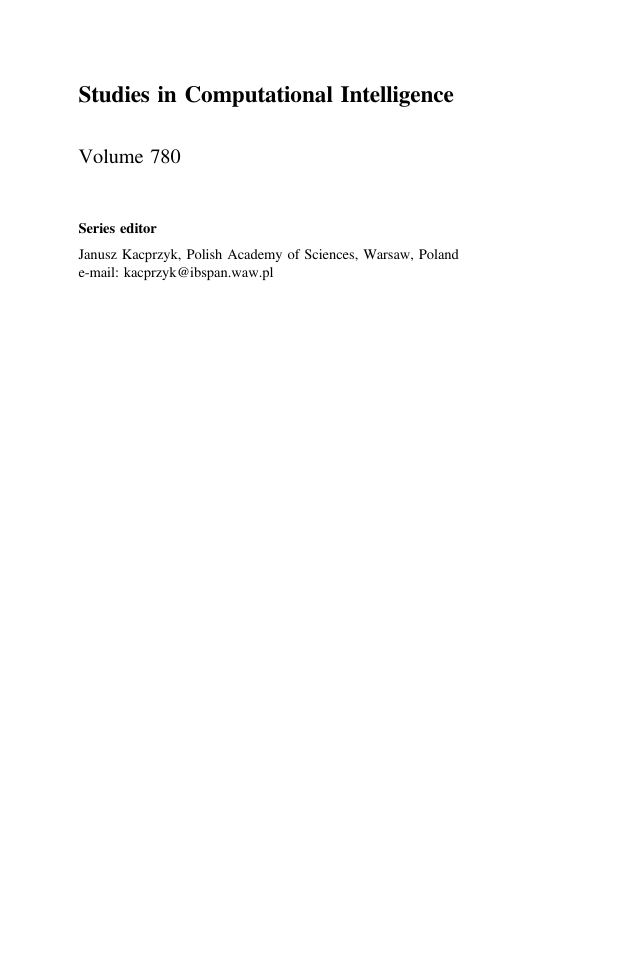
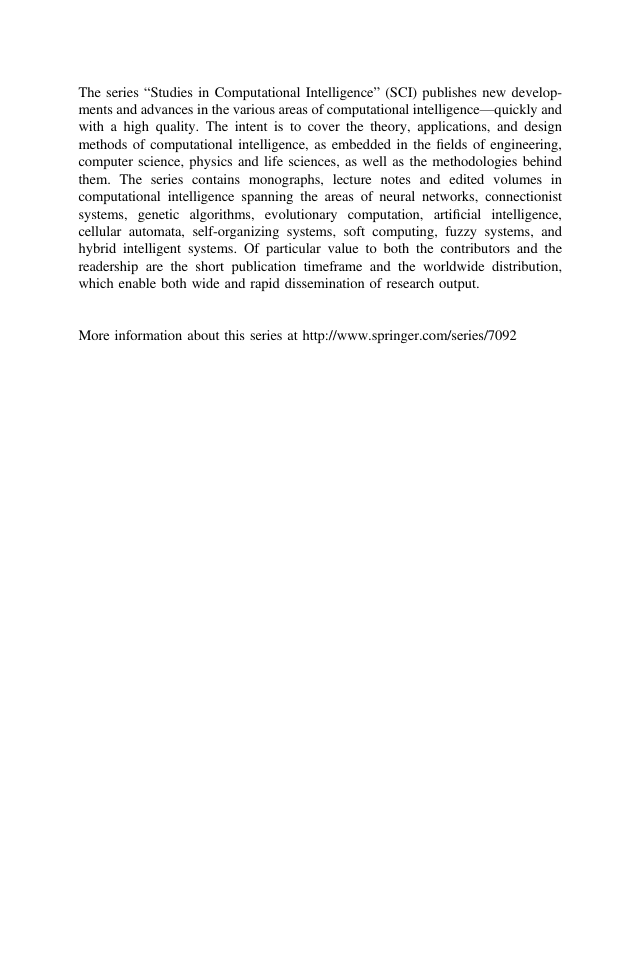

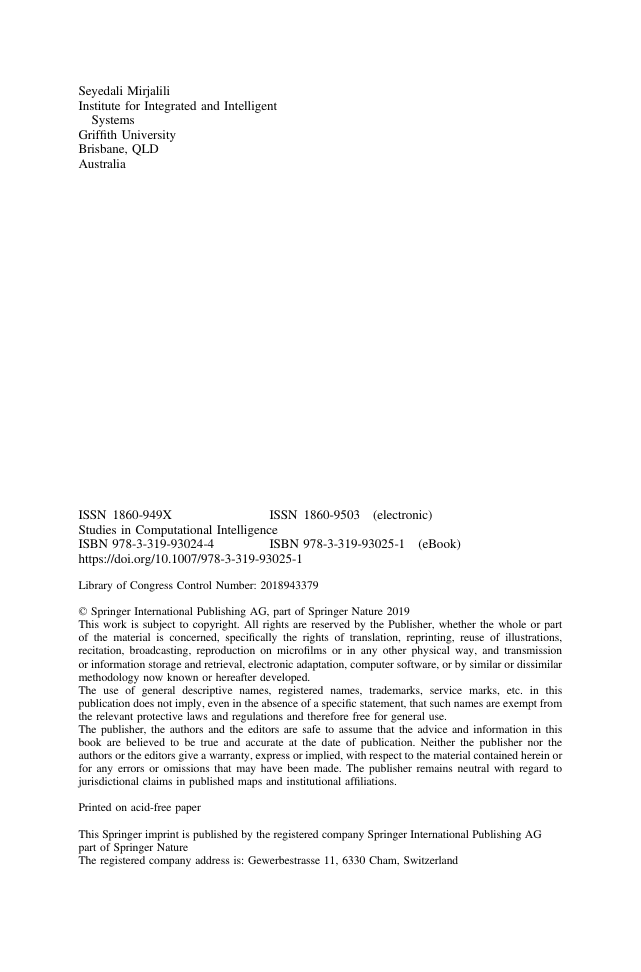

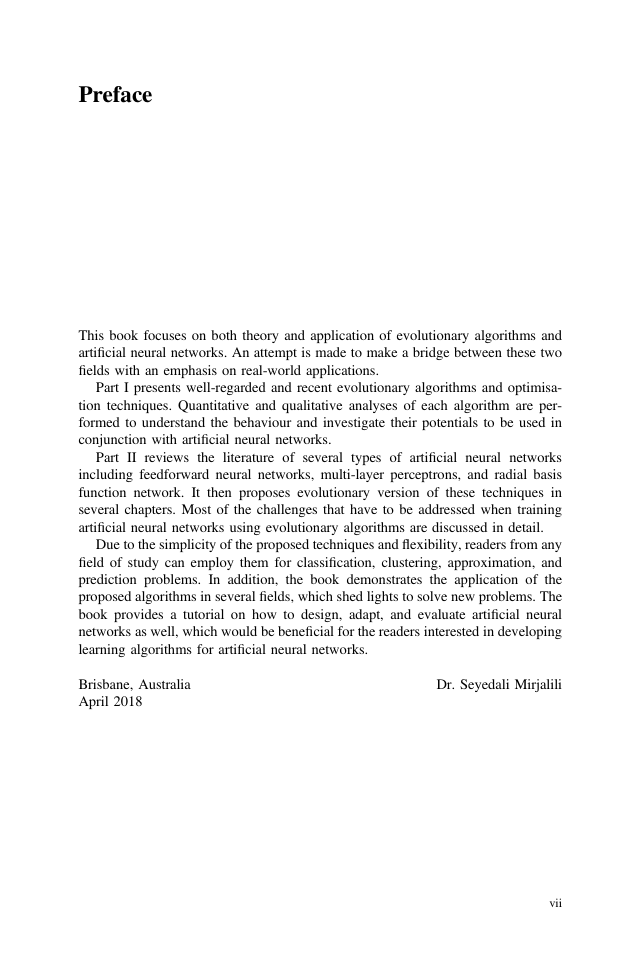
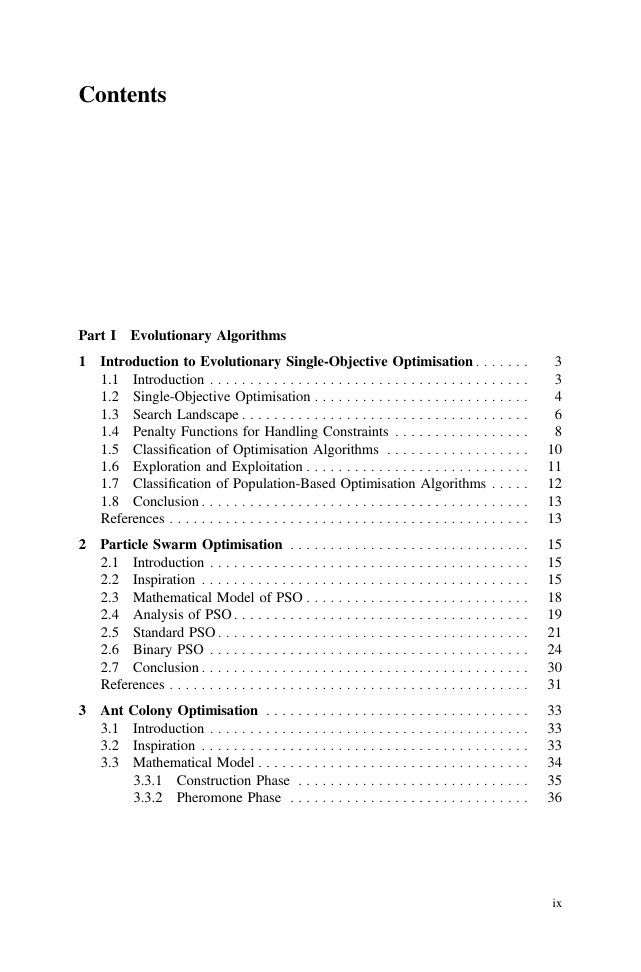








 2023年江西萍乡中考道德与法治真题及答案.doc
2023年江西萍乡中考道德与法治真题及答案.doc 2012年重庆南川中考生物真题及答案.doc
2012年重庆南川中考生物真题及答案.doc 2013年江西师范大学地理学综合及文艺理论基础考研真题.doc
2013年江西师范大学地理学综合及文艺理论基础考研真题.doc 2020年四川甘孜小升初语文真题及答案I卷.doc
2020年四川甘孜小升初语文真题及答案I卷.doc 2020年注册岩土工程师专业基础考试真题及答案.doc
2020年注册岩土工程师专业基础考试真题及答案.doc 2023-2024学年福建省厦门市九年级上学期数学月考试题及答案.doc
2023-2024学年福建省厦门市九年级上学期数学月考试题及答案.doc 2021-2022学年辽宁省沈阳市大东区九年级上学期语文期末试题及答案.doc
2021-2022学年辽宁省沈阳市大东区九年级上学期语文期末试题及答案.doc 2022-2023学年北京东城区初三第一学期物理期末试卷及答案.doc
2022-2023学年北京东城区初三第一学期物理期末试卷及答案.doc 2018上半年江西教师资格初中地理学科知识与教学能力真题及答案.doc
2018上半年江西教师资格初中地理学科知识与教学能力真题及答案.doc 2012年河北国家公务员申论考试真题及答案-省级.doc
2012年河北国家公务员申论考试真题及答案-省级.doc 2020-2021学年江苏省扬州市江都区邵樊片九年级上学期数学第一次质量检测试题及答案.doc
2020-2021学年江苏省扬州市江都区邵樊片九年级上学期数学第一次质量检测试题及答案.doc 2022下半年黑龙江教师资格证中学综合素质真题及答案.doc
2022下半年黑龙江教师资格证中学综合素质真题及答案.doc